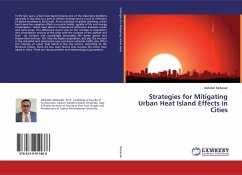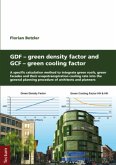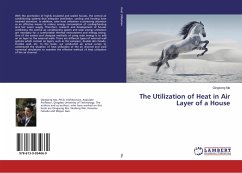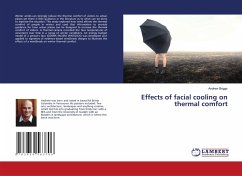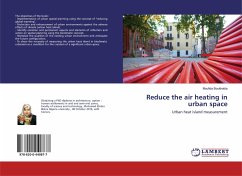In the late years, urban heat island became one of the important problems generally in big cities as a part of climate changes and is a sort of reflection of global warming in local scale. As an outcome of global warming, urban heat island has negative effects on public health, quality of life and energy consumption. Urban heat island is temperature difference between urban and rural areas. This difference occurs due to the increase in population and urbanization process of the cities with the increase of the asphalt and built -up surfaces and accordingly decreasing the green spaces and evaporation surfaces. Not only the higher population, but also the increase in the industrial and commercial uses and dense vehicular traffic also affect the intensity of urban heat island in the city centers. According to the literature review, there are two main factors that increase the urban heat island in cities. These are city parameters and meteorological parameters.
Bitte wählen Sie Ihr Anliegen aus.
Rechnungen
Retourenschein anfordern
Bestellstatus
Storno

